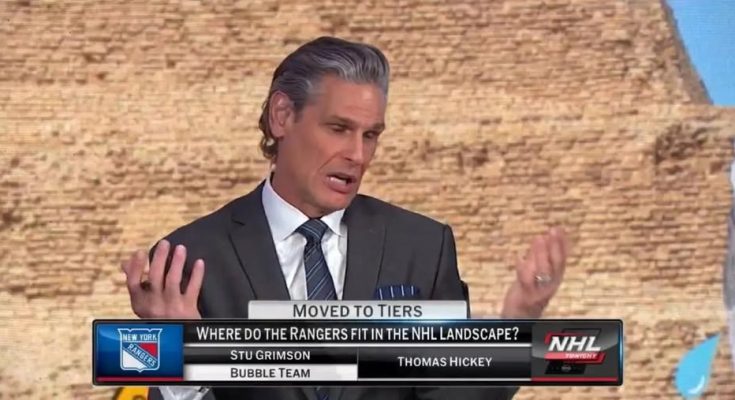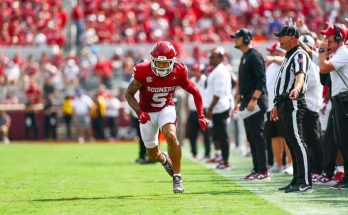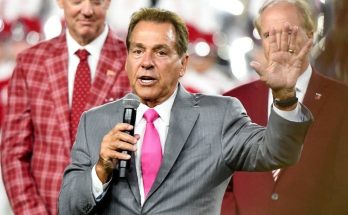The consensus among a vocal segment of NHL analysts and pundits regarding the New York Rangers’ prospects for the 2025-26 season is one of profound pessimism, bordering on zero hope for a meaningful bounce-back. After a catastrophic 2024-25 campaign that saw the team miss the playoffs a season after winning the Presidents’ Trophy, the feeling is that the franchise is in a state of terminal decline rather than merely a temporary setback. The issues, according to these critics, are not superficial; they are deeply ingrained in the team’s roster construction, its leadership, and a toxic culture that has festered behind the scenes, making a simple turnaround a near-impossibility. The 2024-25 season was supposed to be the culmination of years of building, with a core of star players and a veteran coach, but it unraveled in a series of controversies and on-ice failures that have left the organization at a critical crossroads.
The Rangers’ stunning fall from grace was a perfect storm of on-ice underperformance and off-ice drama. The team started the 2024-25 season with a promising 12-4-1 record, only to be derailed by a disastrous 4-15-0 stretch.1 This collapse was widely attributed to a breakdown in team chemistry and a lack of accountability, with reports of internal discord and player frustration becoming a recurring theme. The team’s defensive structure, once a hallmark of their success, evaporated, leaving star goaltender Igor Shesterkin exposed and a high-priced core of skaters looking lost. The Rangers finished the season with a disappointing 39-36-7 record, missing the playoffs for the first time in a full season since 2018-19.2 They became only the fourth Presidents’ Trophy winner in NHL history to miss the playoffs the following season, a dubious distinction that spoke volumes about the depth of their problems.3
The offseason has done little to quell the fears of the pessimistic analysts. In fact, many of the moves have exacerbated the perception of a rudderless ship. The franchise began its summer by firing its coach, an action that, while predictable after such a season, signaled a cycle of instability that has defined the organization for years.4 More concerning, however, have been the roster changes. The Rangers traded a key piece of their future in K’Andre Miller, a talented young defenseman, to the Carolina Hurricanes in a deal that brought back Scott Morrow, a conditional first-round pick in 2026, and a second-round pick.5 While Morrow is a promising prospect, the trade of a proven, NHL-ready player for futures is seen as a clear signal of a front office that is no longer committed to winning in the immediate term. The Rangers also signed free agent defenseman Vladislav Gavrikov to a seven-year contract, a move that was widely criticized for its length and cost, especially for a player who, while solid, is not considered a top-tier game-changer.6 These moves, combined with the earlier trades of fan favorites like Ryan Lindgren and Chris Kreider, have led analysts to believe the team is quietly transitioning into a rebuild without publicly admitting it, a strategy that could lead to more chaos and discontent.
The most damning critique from JNHL analysts centers on the team’s aging, high-priced core. Players like Artemi Panarin, Mika Zibanejad, and Jacob Trouba, who are all in their prime or on the wrong side of thirty, have been identified as both part of the problem and the biggest obstacle to a quick recovery. Panarin, who enters the final year of his massive contract in 2025-26, is a pending unrestricted free agent.7 If the team struggles, analysts predict he could be a prime trade candidate at the deadline, further stripping the team of its star power. Zibanejad, coming off a season where he looked like a shadow of his former self, needs a massive bounce-back year, but his inconsistent play has many questioning if he can still be a top-line center. While the team acquired J.T. Miller to play alongside him, moving Zibanejad to the wing, this is viewed by some as a stopgap measure that doesn’t address the fundamental issues with his performance. Trouba, who was reportedly pressured to waive his no-trade clause, and was part of a toxic locker room atmosphere, has seen his value plummet.8 The contracts of these players, combined with a limited salary cap, prevent the team from making the kind of impactful moves needed to truly shake things up.
The lack of a clear direction from the front office under General Manager Chris Drury is another major source of skepticism. The controversies that plagued the 2024-25 season, including the leaked trade memo listing key players as available and the public discontent from players like Kaapo Kakko, have painted a picture of a dysfunctional organization. Analyst commentary often points to the breakdown in communication between management and the players as a key factor in the team’s demise. The repeated pattern of firing coaches after one or two disappointing seasons further highlights this instability, suggesting that the problem runs deeper than the person behind the bench. Without a cohesive vision and a unified locker room, the analysts believe that no amount of talent or strategic tinkering can save the team from another losing season. They see the 2025-26 season as the last chance for this current iteration of the team to prove its worth, and with a core that has already shown signs of fraying, they have little faith that it will. The phrase “it’s time to just blow it up” has been a recurring sentiment in punditry, with a full-scale rebuild seen as the only long-term solution. The fear is that the team will continue to try and win with a flawed and aging roster, leading to mediocrity and a lost decade of hockey in New York.
While a few analysts, such as the Rangers’ new television analyst Dave Maloney, have expressed tempered optimism, pointing to the addition of players like Vladislav Gavrikov as a steadying presence on the blue line, these voices are largely drowned out by the chorus of doomsday predictions.9 Maloney’s view is that the team has “a lot of reasons to be excited,” a sentiment that feels disconnected from the grim reality of the 2024-25 season. The prevailing opinion is that the problems facing the Rangers are too deep-seated for a few new faces and a new coach to fix. The team’s inability to develop and retain its young talent, coupled with the immense financial commitment to its veteran core, has created a scenario where they are too good to tank but not good enough to compete for a Stanley Cup. This purgatorial state, in the view of the most pessimistic analysts, is what the Rangers are now destined to inhabit for the foreseeable future. A bounce-back season would require a collective reversal of fortunes from nearly every major player, a complete mending of the fractured locker room, and a stroke of genius from a front office that has struggled to find its footing. For many, that’s simply too much to hope for, and they see the 2025-26 season not as a fresh start, but as the final chapter in the unraveling of a once-promising era.



